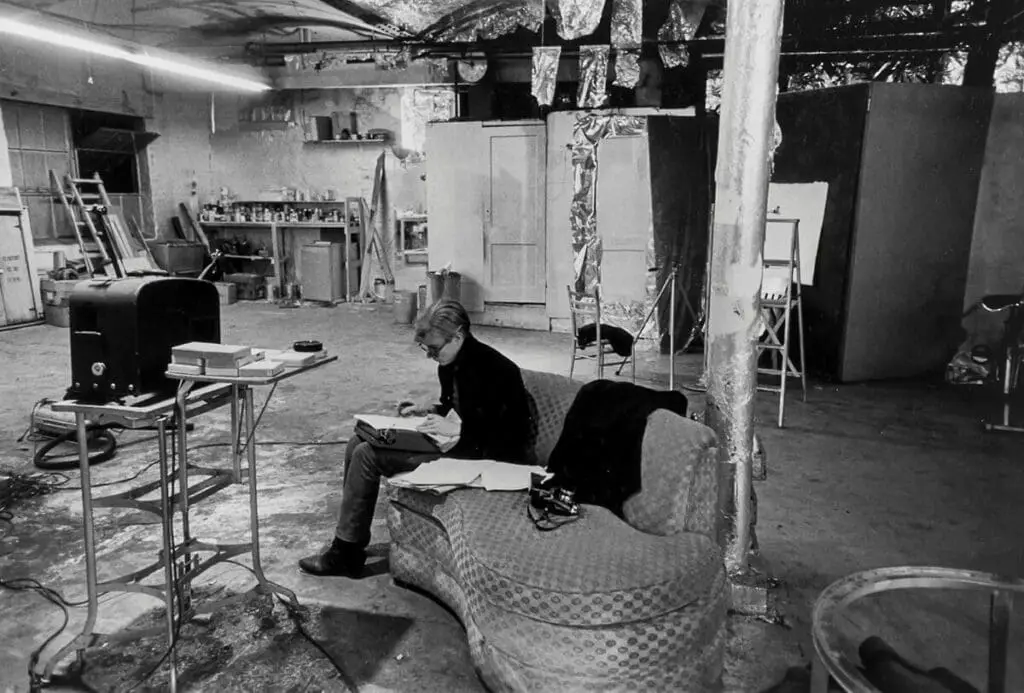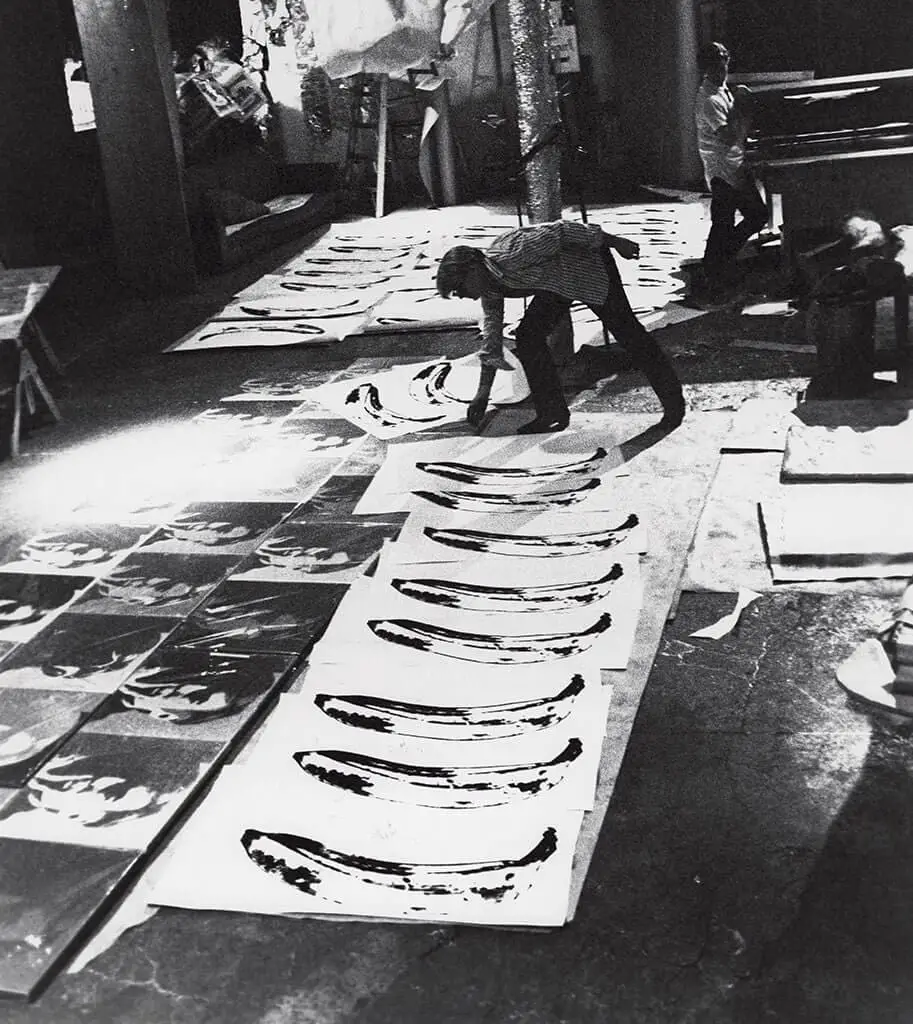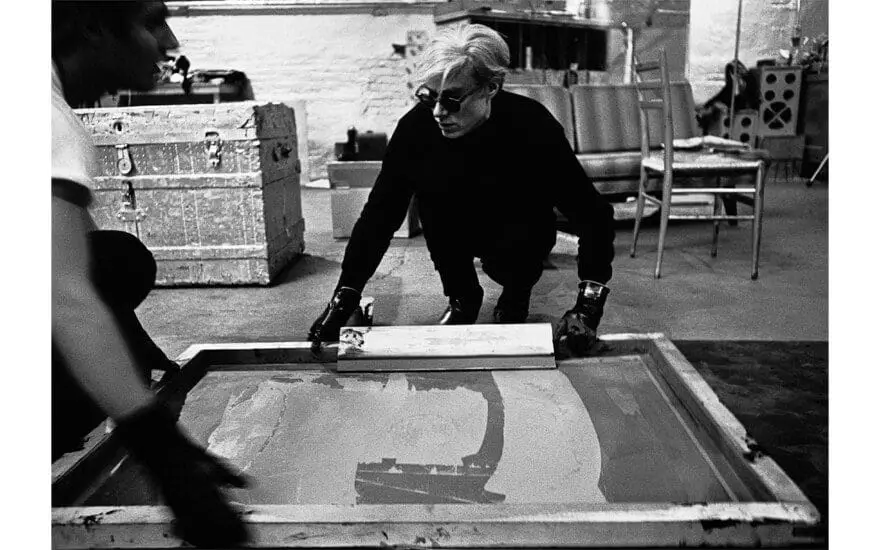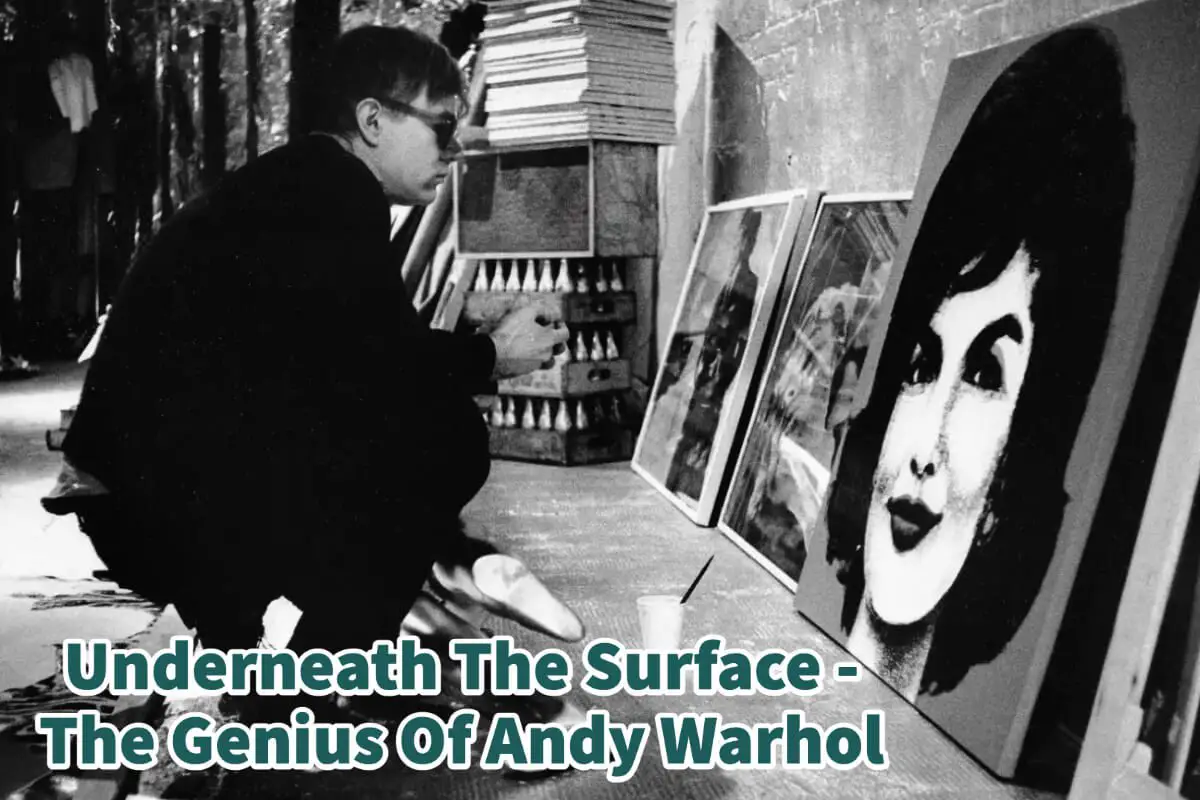Andy Warhol, one of the most celebrated American artists, resonates in the collective consciousness as the embodiment of pop art and cultural revolution. However, despite his immense popularity and the ubiquity of his work, Warhol remains one of the least-understood artists of all time.
The contradiction between Warhol’s fame and the ambiguity surrounding his artistic motivations and intentions is intriguing. Warhol’s enigmatic persona and innovative artistic expressions sparked a radical shift in the art world, challenging the boundaries of creativity and defying conventional aesthetics. However, beneath the surface of these iconic works lies a world steeped in irony and paradoxes, where Warhol invites us to question our fundamental understanding of art.
Table of Contents
- Underneath The Surface: The Enigmatic Andy Warhol
- Disrupting The Artistic Paradigm: Andy Warhol’s Pop Art Revolution
- Andy Warhol – The Misunderstood Genius
- Related Questions
Underneath The Surface: The Enigmatic Andy Warhol
The life and works of Andy Warhol, a leading figure in the visual art movement known as Pop Art, stand as testimonies of paradoxes and dualities. Behind the self-imposed naive simplicity lie intricate layers of artistic profundity.
In the labyrinth of his work, we find dichotomies that question the fundamental principles of artistry, creating ripples that redefined the art world.

The Deliberate Mystery: Warhol’s Public Persona
Andy Warhol often presented himself as unassuming and simplistic, creating a public persona that was seemingly devoid of complexity. His outwardly candid statements about his artwork were deceptively simple, often making it appear that his work was superficial or vapid.
This peculiar approach might seem alarming, considering the intricacy of his work.
However, this apparent simplicity can be seen as Warhol’s strategy to intrigue his audience and lead them into his work’s labyrinth challenging their perceptions of art. His coy and naive demeanor was the mask he chose to wear, cloaking his personal feelings and the deeper layers of meaning within his art.
Breaking The Sacred Artistic Covenants: Talent, Originality, Passion, And Preciousness
Warhol’s work was revolutionary in confronting and disrupting established conventions of art. His subversion of traditional norms and aesthetics raised eyebrows, instigating passionate debates. Many viewed him as a threat to the established art world, arguing that he violated the core tenets of artistry.
Warhol adopted mass production techniques, famously using his New York studio ‘The Factory, and presented mundane objects as art pieces.
His works, like the iconic ‘Campbell’s Soup Cans’ or the Marilyn Monroe prints, often appeared repetitive, leading critics to question his originality and talent. They challenged the authenticity of his passion, given his mechanistic approach and choice of seemingly banal subject matters.

However, Warhol was not undermining art; instead, he was expanding its horizons. His artistic language, although seemingly contrary, was a commentary on consumerism, celebrity culture, and the mechanized nature of modern life. His apparent disregard for originality, talent, passion, and preciousness was a complex exploration of these concepts.
Andy Warhol – More Than Iconoclastic: Unraveling The Layers
Andy Warhol’s art, under the veneer of simplistic representation, is profoundly layered. The dichotomies embedded within his work suggest a subtle engagement with various thematic concerns, thereby providing a new direction to art.
In his works, Warhol ironically echoed the culture of mass production, creating his art pieces in a factory-like setting, thereby critiquing the same culture.
Similarly, his repetitive depictions of celebrities emphasized the commodification of human life in a media-saturated society. These explorations of irony and paradox give his work a compelling depth.

By unsettling the established norms of art, Warhol opened Pandora’s box of possibilities for exploration in the realm of art. His work catalyzed artists and art enthusiasts to question, explore, and redefine their understanding of art.
Disrupting The Artistic Paradigm: Andy Warhol’s Pop Art Revolution
In the 1960s, Andy Warhol unleashed a seismic shift in the artistic landscape with his audacious Pop Art. By deviating from traditional techniques, he disrupted the established concept of artistic talent and created a unique artistic language.
Andy Warhol’s Artistic Approach
Warhol’s artistic approach was distinctive. Eschewing the paintbrush, he employed silkscreen printing techniques on canvas, using magnified photographs from newspapers or magazines.
These stark images were overlaid with striking, non-representational colors that did not strive to replicate reality. The resultant art was a vivid amalgamation of everyday imagery and bold hues, a hallmark of Warhol’s oeuvre.
Warhol asserted that this technique was quickly replicable and could be emulated by anyone to achieve similar results. In an audacious stroke of irony, he named his art studio ‘The Factory’, treating art creation as an industrial process rather than an individualistic endeavor. He employed people to ‘manufacture’ his screen prints, thus effectively removing the artist from the romanticized concept of artistic creation.
Andy Warhol Challenged Art As We Knew It
Andy Warhol’s artistic approach challenged art as we knew it. It starkly contrasted the then-prevailing notion of the artist as a solitary, tortured soul pouring their passion onto the canvas in solitude, a narrative epitomized by artists like Vincent Van Gogh. The popular belief posited that true art expressed personal turmoil and emotion.
But Warhol dared to challenge this idea. He approached art creation pragmatically, almost treating it like a moneymaking business while subtly critiquing the glorification of talent and the fierce individuality of the romantic artist.

However, in retrospect, it becomes clear that Warhol was, in his way, incredibly unique, original, and talented. Despite his assertion that anyone could recreate his work, few did so, either out of fear of being labeled unoriginal or due to the recognition of Warhol’s unique aesthetic sensibility.
His ability to capture the zeitgeist of his time was unparalleled. Moreover, his delegation of work underscored the importance of teamwork and supervision in art creation, further challenging the notion of art as a solely individual pursuit.
In essence, Warhol’s Pop Art revolution dismantled the established norms of the art world. He disrupted the conventional understanding of artistic talent. He created a new paradigm in which art was a personal expression and a reflection of collective culture, consumerism, and the media-saturated modern world.
By doing so, Warhol transformed the face of art and the perception of what an artist could and should be.
Andy Warhol – The Misunderstood Genius
Andy Warhol was indeed a misunderstood artist. He appeared to challenge the foundational aspects of art, which led to a considerable backlash during his time. However, upon delving more profound, it becomes apparent that his work wasn’t about breaking the rules but questioning them.
Warhol’s art was a dialogue with the status quo, a conversation he initiated but left others to continue. Through his fascinating work, he has left us with more questions than answers, allowing us to ponder, explore, and grow our understanding of art.
Anita Louise Art is dedicated to art education, great artists, and inspiring others to find and create their art. We love art that uplifts and inspires. #ArtToMakeYouSmile! #ArtToMakeYouHappy!
If you are interested to see any of my art, you can find out more by clicking here. If you are interested in what inspires me and my paintings, you can discover more by clicking here.
We have a free newsletter and would love you to be part of our community; you can subscribe to the newsletter by clicking here. If you have any questions, I would be happy to talk to you anytime. You can reach me, Anita, by clicking here.
Subscribe to our Anita Louise Art YouTube Channel with great videos and information by clicking here.
Join us for our podcast “5 Minutes With Art.” Spend just 5 minutes a week with us to discover and learn about great art and artists. You can find out more about our podcast by clicking here.
Related Questions
Discovering Van Gogh: Van Gogh Museum Amsterdam
The Van Gogh Museum in Amsterdam is a world-renowned cultural institution that attracts art lovers and enthusiasts from around the globe. It is home to the most extensive collection of works by the legendary Dutch artist Vincent van Gogh. Visitors can explore Van Gogh’s fascinating life and career through a diverse collection of over 200 paintings, 500 drawings, and 700 letters. The museum constantly has new and exciting collections that also reflect upon the work and life of Vincent Van Gogh.
By clicking here, you can discover more by reading Discovering Van Gogh: Van Gogh Museum Amsterdam.
Clyfford Still Museum In Denver, All About
The best place in the world to see and get inspired by Clyfford Stills and his artwork is the Clyfford Still Museum in Denver, Colorado. The museum has the bulk of the Abstract Expressionism artist’s works of art housed at their museum. The museum only shows and displays works of art by Clyfford Still.
By clicking here, you can learn more by reading Clyfford Still Museum In Denver, All About.
Louvre Museum Facts, Our Top 7 Facts
The Louvre is the largest museum globally; it was once built as a fortress to protect the city of Paris. Under the French Republic’s rule, General Napoleon expanded the Louvre’s collections. One of the most important paintings at the Louvre is the Mona Lisa painting by Leonardo da Vinci.
By clicking here, you can discover more by reading Louvre Museum Facts, Our Top 7 Facts.

